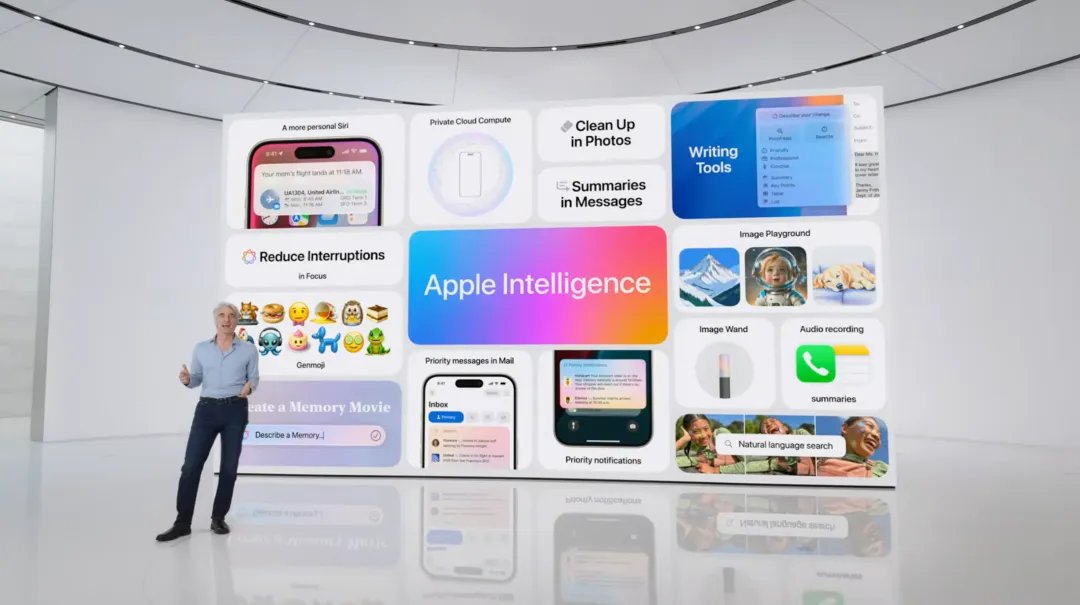Four Strategic Steps for AI-Driven Procurement Transformation: Maturity Assessment, Buy-or-Build Decision, Capability Enablement, and Value Capture
Integrating Artificial Intelligence (AI) into procurement is not a one-off endeavor, but a structured journey that requires four critical stages. These are: conducting a comprehensive digital maturity assessment, making strategic decisions on whether to buy or build AI solutions, empowering teams with the necessary skills and change management, and continuously capturing financial value through improved data insights and supplier negotiations. This article draws from leading industry practices and the latest research to provide an in-depth analysis of each stage, offering procurement leaders a practical roadmap for advancing their AI transformation initiatives with confidence.
Digital Maturity Assessment
Before embarking on AI adoption, organizations must first evaluate their level of digital maturity to accurately identify current pain points and future opportunities. AI maturity models offer procurement leaders a strategic framework to map out their current state across technological infrastructure, team capabilities, and the digitization of procurement processes—thereby guiding the development of a realistic and actionable transformation roadmap.
According to McKinsey, a dual-track approach is essential: one track focuses on implementing high-impact, quick-win AI and analytics use cases, while the other builds a scalable data platform to support long-term innovation. Meanwhile, DNV’s AI maturity assessment methodology emphasizes aligning AI ambitions with organizational vision and industry benchmarks to ensure clear prioritization and avoid isolated, siloed technologies.
Buy vs. Build: Technology Decision-Making
A pivotal question facing many organizations is whether to purchase off-the-shelf AI solutions or develop customized systems in-house. Buying ready-made solutions often enables faster deployment, provides user-friendly interfaces, and requires minimal in-house AI expertise. However, such solutions may fall short in meeting the nuanced and specialized needs of procurement functions.
Conversely, organizations with higher AI ambitions may prefer to build tailored systems that deliver deeper visibility into spending, contract optimization, and ESG (Environmental, Social, and Governance) alignment. This route, however, demands strong internal capabilities in data engineering and algorithm development, and requires careful consideration of long-term maintenance costs versus strategic benefits.
As Forbes highlights, successful AI implementation depends not only on technology, but also on internal trust, ease of use, and alignment with long-term business strategy—factors often overlooked in the buy-vs.-build debate. Initial investment and ongoing iteration costs should also be factored in early to ensure sustainable returns.
Capability Enablement and Team Empowerment
AI not only accelerates existing procurement workflows but also redefines them. As such, empowering teams with new skills is crucial. According to BCG, only 10% of AI’s total value stems from algorithms themselves, while 20% comes from data and platforms—and a striking 70% is driven by people’s ability to adapt to and embrace new ways of working.
A report by Economist Impact reveals that 64% of enterprises already use AI tools in procurement. This shift demands that existing employees develop data analysis and decision support capabilities, while also incorporating new roles such as data scientists and AI engineers. Leadership must champion change management, foster open communication, and create a culture of experimentation and continuous learning to ensure skills development is embedded in daily operations.
Hackett Group emphasizes that the most critical future skills for procurement teams include advanced analytics, risk assessment, and cross-functional collaboration—essential for navigating complex negotiations and managing supplier relationships. Supply Chain Management Review also notes that AI empowers resource-constrained organizations to "learn by doing," accelerating hands-on mastery and fostering a mindset of continuous improvement.
Capturing Value from Suppliers
The ultimate goal of AI in procurement is to deliver measurable business value. This includes enhanced pre-negotiation insights through advanced data analytics, optimized contract terms, and even influencing suppliers to adopt generative AI (GenAI) technologies to reduce costs across the supply chain.
BCG’s research shows that organizations undertaking these four transformation steps can achieve cost savings of 15% to 45% in select product and service categories. Success hinges on deeply embedding AI into procurement workflows and delivering a compelling initial user experience to foster adoption and scale. Sustained value creation also requires strong executive sponsorship, with clear KPIs and continuous promotion of success stories to ensure AI becomes a core driver of long-term enterprise growth.
Conclusion
In today’s fiercely competitive landscape, AI-powered procurement transformation is no longer optional—it is imperative. It serves as a vital lever for gaining future-ready advantages and building core competitive capabilities. Backed by structured maturity assessments, precise technology decisions, robust capability building, and sustainable value capture, the Hashitag team stands ready to support your procurement organization in navigating the digital tide and achieving intelligent transformation. We hope this four-step framework provides clarity and direction as your organization advances toward the next era of procurement excellence.
Related topic:
Microsoft Copilot+ PC: The Ultimate Integration of LLM and GenAI for Consumer Experience, Ushering in a New Era of AI
In-depth Analysis of Google I/O 2024: Multimodal AI and Responsible Technological Innovation Usage
Google Gemini: Advancing Intelligence in Search and Productivity Tools
Google Gemini's GPT Search Update: Self-Revolution and Evolution
GPT-4o: The Dawn of a New Era in Human-Computer Interaction
GPT Search: A Revolutionary Gateway to Information, fan's OpenAI and Google's battle on social media
GPT-4o: The Dawn of a New Era in Human-Computer Interaction
